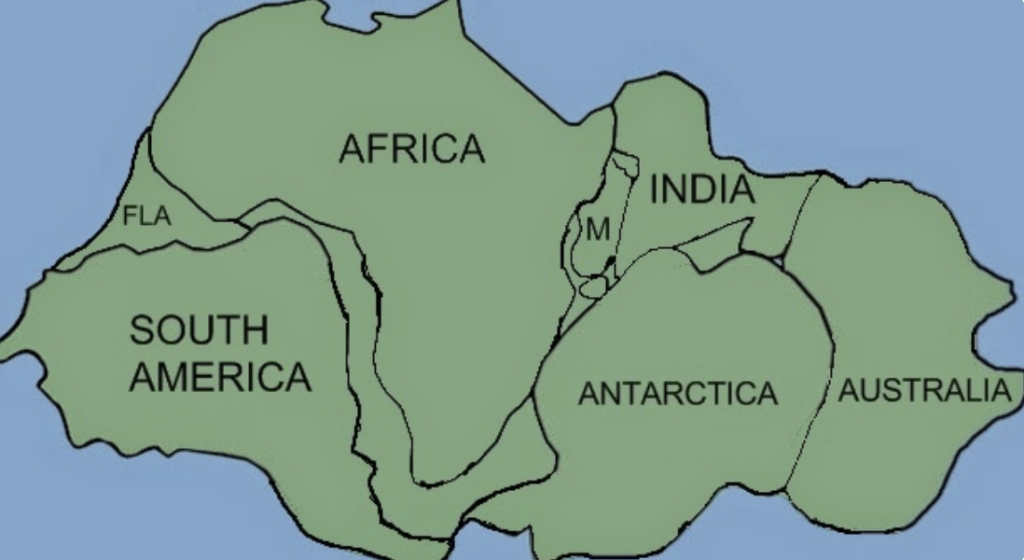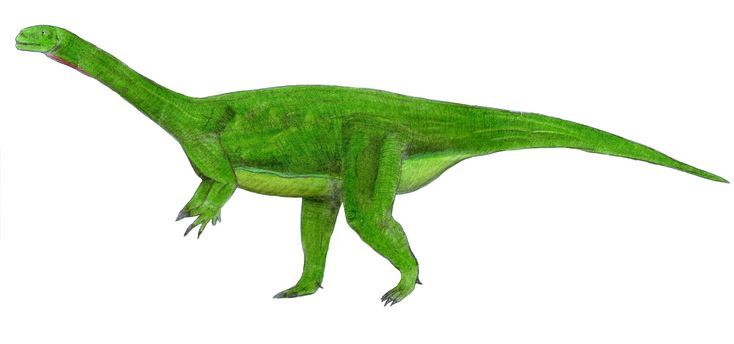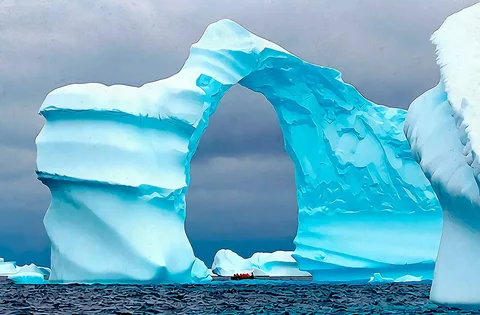Erebus Tales imagines that the ice sheet now covering Antarctica has melted by the 24th century, allowing settlement by adventurous and/or desperate bands of people fleeing their now-uninhabitable homelands.
Is it too much of a stretch to imagine an ice-free Antarctica in three hundred years? A geophysicist friend of the author overwintered at the South Pole several times as a researcher. He thinks this might be plausible in West Antarctica. Its ice sheet is thinner than the mile-thick one of East Antarctica. The two parts are separated by a mountain range.
Yet, such radical climate shift is nothing, compared to what the continent has been through in the past. Paleo-geologists, informed by plate tectonics, place Antarctica nestling within the supercontinent Gondwana during the late Paleozoic and Mesozoic periods, roughly 300 to 100 million years ago. Gondwana also included South America, Africa, India and Australia (see map).

Not only was Antarctica much closer to the equator, it was also home to a species of dinosaur, Glacialisaurus (artist’s illustration). The Onwei shaman Yoka Sutu, trying to impress her audience during a Venga trance, calls it “a giant fat lizard.”


